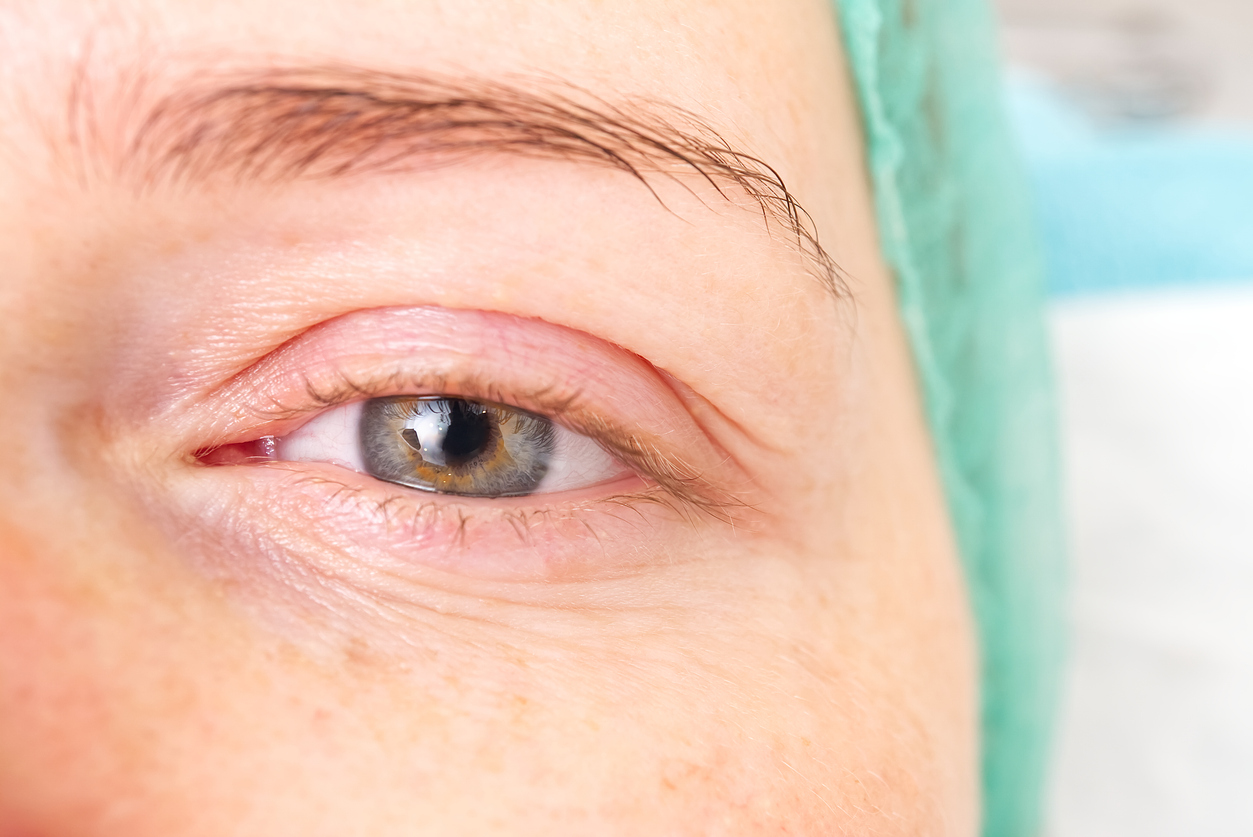Standard eyelid surgery is an excellent option for anyone who wants to reverse the signs of aging around their eyelids for the very first time. Revisional eyelid surgery refers to a secondary procedure after an initial eyelid surgery that did not end up giving the patient the desired results. Sometimes complications from a previous surgery require professional revision eyelid surgery, and sometimes, a patient is dissatisfied with their initial results. For patients considering revisional eyelid surgery, their main question is, how do standard and revisional eyelid surgery differ?
No matter your reason for seeking revision eyelid surgery, you can learn more about what to expect from Dr. Sohrab, an expert in oculofacial plastic surgery and repair. Keep reading to discover some key differences between these two helpful procedures.
Traditional Eyelid Surgery
You may have heard that blepharoplasty works to remove excess skin from drooping lids. But did you know that this more conventional form of eyelid surgery can also help you look younger? Many people pursue sta eyelid surgery to improve their aesthetic appearance.
This procedure can target both the upper and lower eyelids, allowing for the repair and restoration of the underlying muscles. In some cases, a lower lid lift may be performed alongside blepharoplasty to address sagging skin. The surgery typically involves the removal of excess fat and skin around the eyes. It leaves minimal scarring behind, letting you enjoy the full results of your surgery in no time.
Traditional eyelid surgery has two primary techniques:
Lower Lid Lift
Lower eyelid surgery focuses on eliminating surplus skin and fat beneath the eyes. If you have droopy or uneven eyelids, your surgeon can explain the advantages of this procedure. Dark circles that cause persistent discoloration can also be addressed through lower blepharoplasty.
Upper Blepharoplasty
Upper blepharoplasty is one of the most frequently performed cosmetic procedures. It entails the removal of excess skin and fat from the upper eyelids. While this surgery can be done independently, it can also be combined with other eyelid procedures for optimal results tailored to your facial structure.
Double Lid Lift
Double eyelid surgery enhances the appearance of the eyes, making them look more prominent—an attribute often associated with youthfulness that many older individuals desire. This procedure is particularly beneficial for those who lack a natural crease in their eyelids. It is one of the various cosmetic options available at Dr. Mahsa Sohrab’s practice.
Types of Revisional Eyelid Surgery
Just like regular eyelid surgery, revisional surgery also has different methods and techniques. The main goal of corrective eyelid surgery is to fix any issues or imperfections that may have occurred in an initial blepharoplasty procedure. Various types of revision eyelid surgeries include:
Corrective Blepharoplasty
This procedure is designed to tackle aesthetic concerns or complications arising from earlier eyelid surgeries. It may involve the removal of excess skin or fat and often includes adjustments to the eyelid position to achieve better facial symmetry.
Ptosis Repair
While aging is inevitable, ptosis repair surgery can help prevent sagging lids from obstructing your sight or affecting your appearance. This procedure tightens or repositions the muscles, controlling eyelid movement to lift the eyelids. It fixes any areas that the original surgeon may have missed. We use this technique to make sure that you do ultimately get the results you want.
Scar Revision
Scarring is a common issue following eyelid surgery and can impact both the look and function of the eyelids. Scar revision surgery aims to reduce the visibility of your eyelid scars, restoring a more natural eyelid contour. We can reduce or even eliminate the appearance of your scars over time.
Lower Eyelid Surgery Repair
Lower eyelid surgery is meant to shape up your lower lids while removing excess pockets of fat. If previous surgeries have resulted in your lower eyelid being retracted or displaced, revision surgery may be necessary. The initial surgeon may have made a mistake, or perhaps the healing process did not go as planned. In either case, a swift repair is in order. This could involve grafting or repositioning tissues to enhance the position and function of the lower eyelid.
Eyelid Repair with Dr. Mahsa Sohrab
A board-certified oculofacial plastic surgeon like Dr. Masha Sohrab will go the extra length to make sure you end up with stunning results. Whether this is your first, second, or third time investing in oculofacial plastic surgery, we can help you quickly fix the current state of your eyelids. Please schedule a consultation with us to get started.
